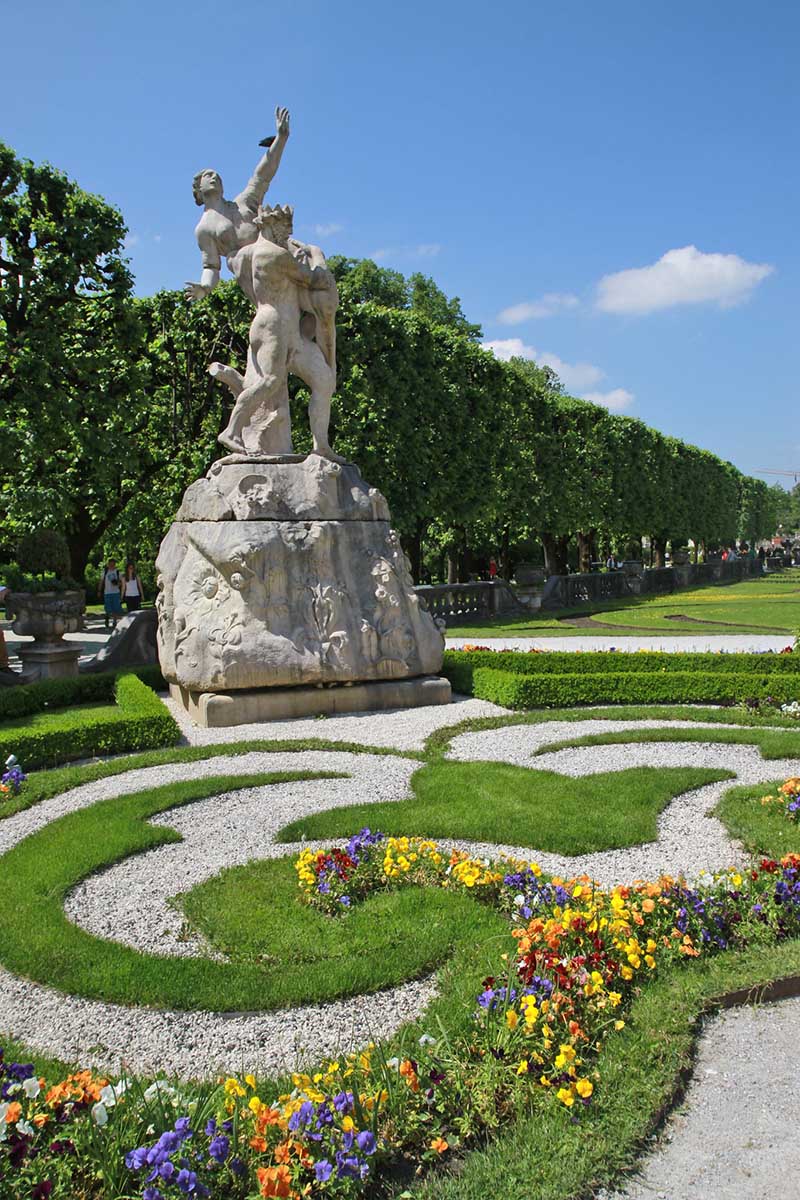
I’m all for something new. When traveling, I am awed by the sights, I get enamored by the picturesque, I get enchanted with the bizarre and I would probably try the extreme if I’m not a born scaredy cat. But what I do most when traveling is look for what’s familiar, whatever would remind me of home. You might say that’s impossible, Asia and Europe are very dissimilar what could I perhaps find? Well, here’s one – I found Salzburg’s version of the Pedicab or cycle rickshaw or bike taxi.
Being a small-scale means of transport, these tricycles are only meant for touring. Unlike in Asian countries where it functions as a means to transport goods and passengers. In Salzburg, it is only a means to get tourists to see the sights. You get to tour around the historical city (or part of) in a personal pedal-driven sort of carriage. ^_^

Did I try it? No, cheapskate me would rather walk than spend a precious 19€ for a 20-25 minute ride. Other price ranges include 39€ for 35-45 minutes, 45€ for 40-50 minutes and 55€ for a full hour.
Looking closely, this rickshaw has a different make than the usual ones I see. The bike/driver seat is behind the passenger seat when I’m used to those where the passenger seats are attached as a sidecar. This design makes it easier for the passenger to see everything as there are no distractions in front or beside them. I reckon wearing sunglasses would be wise to minimize any particles irritating one’s eyes.
Table of Contents
Rickshaws Around the World

There are of course a lot more different designs and there are even those that are electrically-powered. The rickshaw can be any of tuk-tuks, pedicabs, trishaws, jinrikisha, tricycles, and many other names, depending on the city or country it is used.
Vienna
Here’s how we roll in Vienna, rickshaw style.
There are many other types of rickshaws a tourist can ride to tour around the city. Aside from the front-seat rickshaw, there’s also the usual backseat one, and velotaxis. A Rickshaw tour is cheaper than the Fiaker (horse-drawn carriage) and less smelly too so consider it when you are tired of walking around Vienna’s historic streets.

Germany
The Velotaxi was founded in Berlin in 1997 by Ludger Matuszewski. to implement a new environmentally friendly local transport system – financed by the advertising concept behind it. It started with 30 bicycle taxis, modern rickshaws that were developed for the European market. Today around 2500 vehicles are in use worldwide.
To date, the concept has been implemented in 52 countries and over 120 cities worldwide, often under a different name.
 Philippines
Philippines
And this is how a tricycle in a far-flung town in the Philippines would be like…well, not always but, for the sake of posterity here’s how a fully-packed tricycle looks.
In actuality, a Philippine tricycle can only take in 3 passengers in the sidecar and one or two behind the driver.
Thailand
Named after the sound of a small (often two-cycle) engine, the Tuk-tuk is Thailand’s famous urban mode of transportation.
Tuk-tuks are convenient to use especially when traffic congestion happens a lot. They are also engineered into different modes – side exit, back exit, with doors and others.
Different cities, different rickshaw, different safety methods – So how do rickshaws look in your part of the world? I’m really curious.






Philippine tricycle rules them all.
I wish we had better designed tricycles tho :))
Awwww, reminds me of our “pampasaherong trisikel” when we were kids…I do love the German (red) version though…so chic…
ahaha, nothing beats the Philippine tricycle
How can any country overtake the tricycles in the Philippines?? Look at the last photo and you already know the answer.
parang no one rides their tricycle, our naman full-packed lagi 🙂
oh, there’s one like that here? haven’t seen it. Or maybe in more populated place, right?